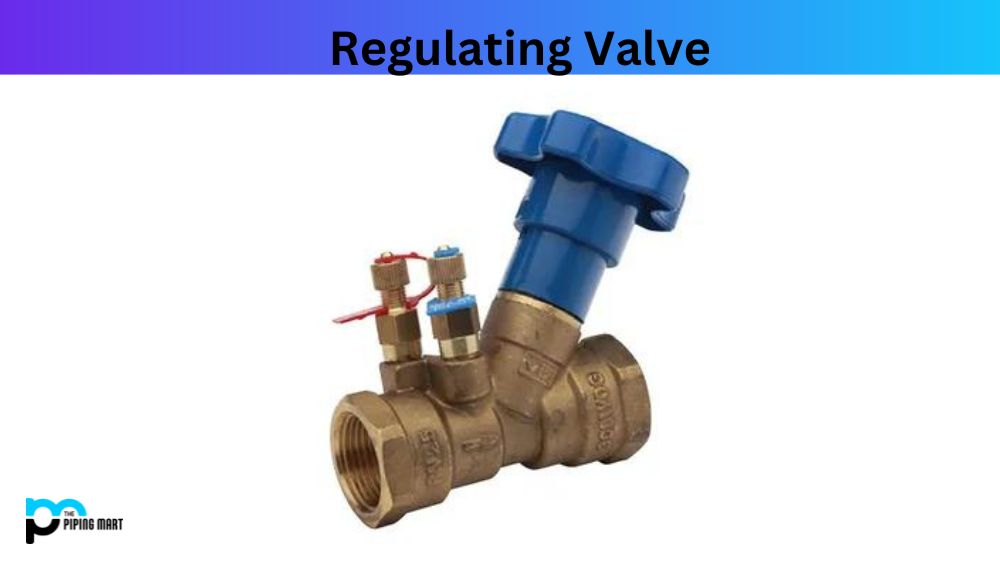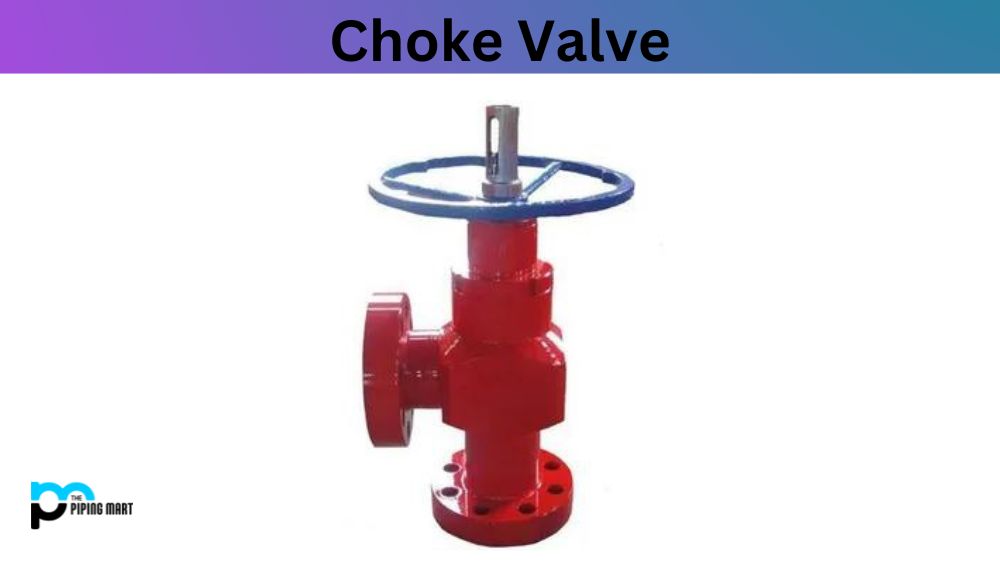Valves are essential components that regulate the flow of fluids, gases, and other substances through pipes and other transport systems. Regulating valves, in particular, are used to achieve accurate and precise control over the flow rate, pressure, and other variables in a process or system. In this blog post, we will dive deep into the properties, uses, and applications of regulating valves and also provide an expert guide on how to use them effectively.
What is Regulating Valve?
A regulating valve is a valve used to control the rate and pressure of a fluid flow. This type of valve typically works by allowing only a predetermined, adjustable amount of liquid or gas to pass through at any given time. They are often used in industrial applications for precise control and accuracy when handling fluids or gases.
Properties of Regulating Valves
Regulating valves come in a variety of designs, sizes, and materials. However, they all share common properties that make them suitable for their intended applications. First and foremost, regulating valves are designed to operate precisely and accurately, with minimal hysteresis or headband. This means they respond quickly to changes in the process parameters and accurately maintain the desired setpoint. Another key property of regulating valves is their ability to handle high pressures and temperatures, depending on their design and materials. For example, some regulating valves can handle pressures up to 10,000 psi, while others can operate at temperatures exceeding 1000°C. Furthermore, regulating valves can be designed to handle corrosive or abrasive fluids or other challenging process conditions.
Uses and Applications of Regulating Valves
Regulating valves are used in various industrial applications, from chemical processing to oil and gas production, power generation, water treatment, and more. In these applications, the regulating valve is critical in maintaining the desired process conditions and ensuring safe and efficient operation. For example, in a chemical reactor, a regulating valve controls the reactants’ flow rate and maintains the temperature and pressure within the desired range. Similarly, in a steam turbine, a regulating valve controls the flow of steam into the turbine blades and regulates the speed and power output of the turbine.
How to Use Regulating Valves
Regulating valves requires careful attention to the process conditions, control system design, valve selection, and installation. Here are some key tips for using regulating valves effectively:
Understand the process requirements: Before selecting a regulating valve, it is important to fully understand the requirements, including the desired flow rate, pressure, temperature, and other variables. This information will help you select the appropriate valve size, type, and materials.
Select the right valve type: There are several types of regulating valves, including globe valves, angle valves, and needle valves. Each type has advantages and limitations and should be selected based on the specific process requirements.
Install the valve correctly: Proper installation of the regulating valve is critical to achieving accurate control and long-term reliability. The valve should be installed in the correct orientation, with proper support and alignment, and with appropriate piping and instrumentation.
Calibrate and test the valve: Once the valve is installed, it is important to calibrate and test it using appropriate tools and methods. This will ensure that the valve operates within the desired range and responds accurately to changes in the process conditions.
Conclusion:
Regulating valves is critical in many industrial processes, enabling precise and accurate control over the flow rate, pressure, and other variables. By understanding the properties, uses, and applications of regulating valves and following best practices for their selection, installation, and calibration, engineers can ensure their systems’ safe and efficient operation. We hope this blog post has provided a comprehensive guide to regulating valves and helped you work as a professional engineer.

Hey, I’m Krutik, a casual blogger expert in the metal industry. I am passionate about providing valuable information to my readers. With a background in engineering and construction, I like playing Cricket & watching Netflix shows in my free time. Thank you for visiting my blog, and I hope you find my information helpful!




